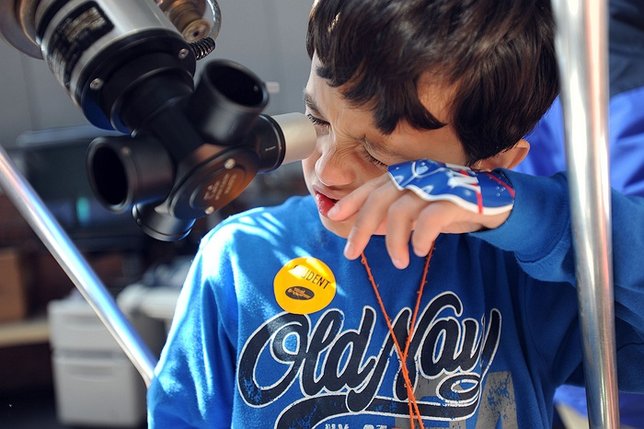For celestial gazers hoping to see meteor showers this spring and summer, you are in luck! This month begins the cascade of meteor showers scheduled to fall across the sky, astonishing and filling those who step outside to view them with wonder. Whether you choose to take a look at these astronomical events from the comfort of your own backyard, or head to a planetarium on the Island to view them through the scope of a telescope, you certainly won’t want to miss these sporadic opportunities to see and learn more about the universe that surrounds us.
Take a look below at the upcoming meteor showers!
Lyrids: April 16th - 25th
During this meteor showers’ peak, on April 22nd, approximately 10 to 15 meteors can be seen per hour on a dark, moonless night. This year the moon will be in its crescent phase at the time of the Lyrids so it should not interfere much with viewing. The Lyrids chave also been known to have rare, unpredictable outbursts of up to 100 meteors per hour.
Eta Aquarids: May 5th - 7th
Best visible in the southern hemisphere, be prepared to watch this meteor shower an hour or two before dawn on May 5th & 6th, the predicted peak of the Eta Aquariids.
Delta Aquarids: July 27th - August 1st
Best seen in the southern hemisphere, just like the Eta Aquarids, the Delta Aquarids meteor shower will peak at the end of July and produce approximately 15-20 meteors per hour in a dark sky best seen an hour or two before dawn.
Perseids: August 11th - 13th
While the Perseids is one of the better seen meteor showers in the Northern Hemisphere, this year it will be competing with a waning gibbous moon impeding some visibility. The peak of this meteor shower is estimated to be August 11th - 13th from late at night through dawn.
Total Solar Eclipse: August 21st
Not a meteor shower, but considered by some to be a once-in-a-lifetime opportunity to view a total eclipse of the sun, a celestial event of this magnitude has not been seen in over 30 years, since 1979. The path of totality, otherwise known as the only time you can look directly at the sun without protection, will be taking place close to midday on August 21st 2017. Venus, Jupiter, Mars and Mercury will also be visible at this time to the unaided eye! Unfortunately this total solar eclipse will not be visible from Long Island. Click here to see it’s path and plan out whether or not you’d like to make a trip to somewhere that you can view it!










